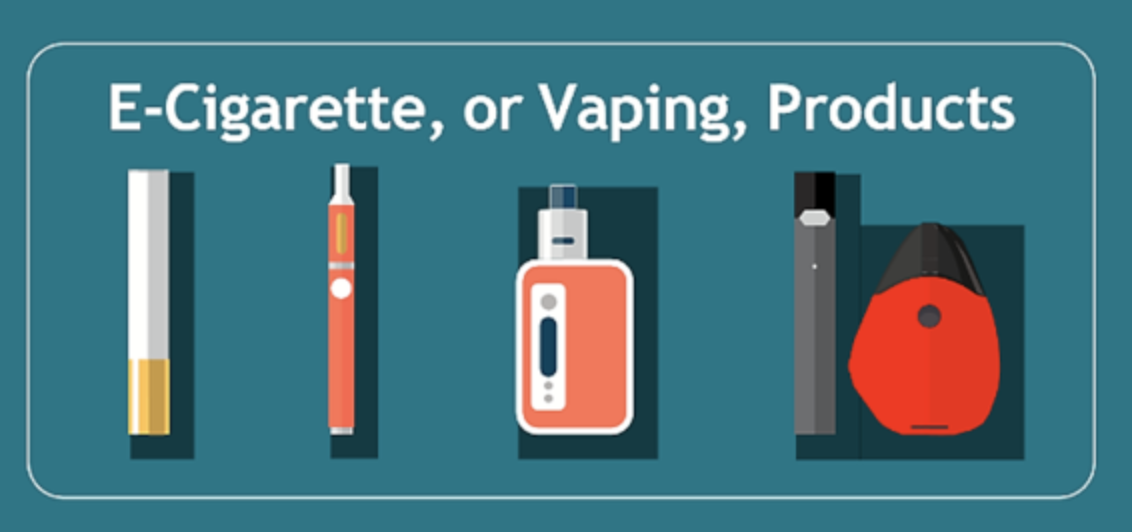Analyzing Disposable Vapes in the Context of Nicotine Addiction
As the landscape of nicotine consumption evolves, disposable vapes have found their foothold in the market. Offering a spectrum of flavors, ease of use, and convenience, these devices have become increasingly popular among smokers looking for an alternative and among new users intrigued by the novelty. But their rise prompts important questions about nicotine addiction and its implications. This article delves into the role of disposable vapes within the context of nicotine addiction.
Understanding Disposable Vapes
Disposable vapes are compact, single-use devices pre-filled with e-liquid (often containing nicotine) and equipped with a pre-charged battery. When the e-liquid is depleted or the battery expires, the device is disposed of. Their design aims to provide a hassle-free vaping experience without the need for charging, refilling, or maintenance.
Disposable Vapes and Nicotine Addiction
It's crucial to remember that many disposable vapes contain nicotine, a highly addictive substance. Nicotine can create a sense of pleasure and reward by releasing dopamine in the brain, which can reinforce the desire for repeated use. Over time, this can lead to dependence or addiction, characterized by compulsive use despite harmful consequences.
While the primary appeal of disposable vapes is to provide an alternative to traditional cigarettes, they are not devoid of their own addictive potential:
- Ease of Access: Disposable vapes are easy to use, readily available, and relatively affordable, which can increase the risk of habitual use and potential addiction.
- High Nicotine Content: Many disposable vapes contain significant levels of nicotine, sometimes even higher than traditional cigarettes. The increased nicotine levels can enhance the addictive potential.
- Flavor Varieties: The array of flavors available in disposable vapes can make them more appealing to new users, potentially encouraging initial use and repeated consumption.
The Dual Edge: Smoking Cessation vs. New Nicotine Users
Disposable vapes represent a double-edged sword within the context of nicotine addiction.
On one hand, they offer a harm reduction approach for current smokers. For those struggling to quit traditional cigarettes, disposable vapes can serve as a stepping stone, providing the nicotine their body craves without the multitude of harmful chemicals found in cigarette smoke.
On the other hand, the easy accessibility and appeal of disposable vapes can lure non-smokers, especially youth, into trying these devices, thereby potentially initiating nicotine addiction. The flavors and modern design of disposable vapes can mask the risk of nicotine addiction, making it especially critical to prevent their use among young people.
Conclusion: Navigating the Landscape
Disposable vapes play a complex role in the landscape of nicotine addiction. While they may serve as a less harmful alternative for current smokers, their potential to instigate nicotine addiction, especially among non-smokers and youth, is a significant concern.
To navigate this delicate balance, stringent regulations, rigorous public health campaigns, and responsible business practices are needed. This includes restricting sales to underage individuals, clearly communicating the risks of nicotine addiction on packaging and marketing materials, and possibly regulating flavor options to reduce appeal to young people.
For those who choose to use disposable vapes, it's important to understand the risk of nicotine addiction and to use these devices responsibly. If you're a non-smoker, particularly if you're young, the best choice is to avoid starting. For current smokers, consider seeking advice from a healthcare professional on the best strategies for smoking cessation, which may include harm reduction tools like vapes, but also other methods such as nicotine replacement therapies or counseling.
At the end of the day, while disposable vapes may play a role in the nicotine product landscape, they are not risk-free. Awareness, education, and careful regulation are key to minimizing their potential harm while maximizing their potential benefits.

